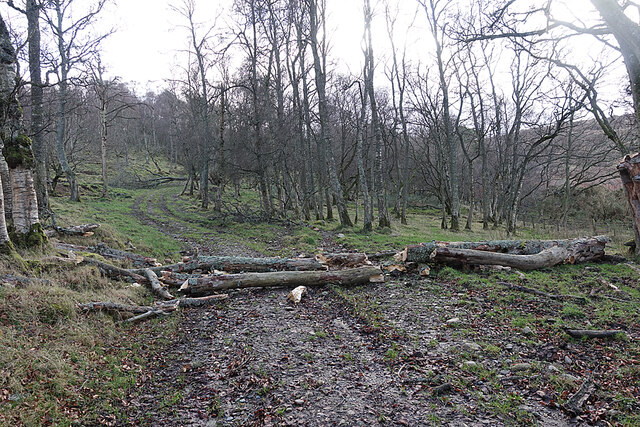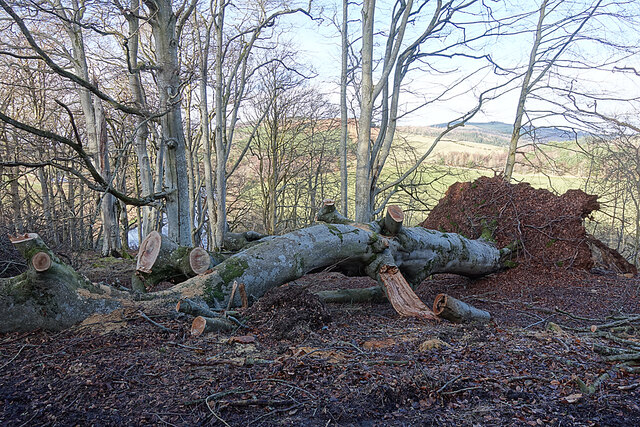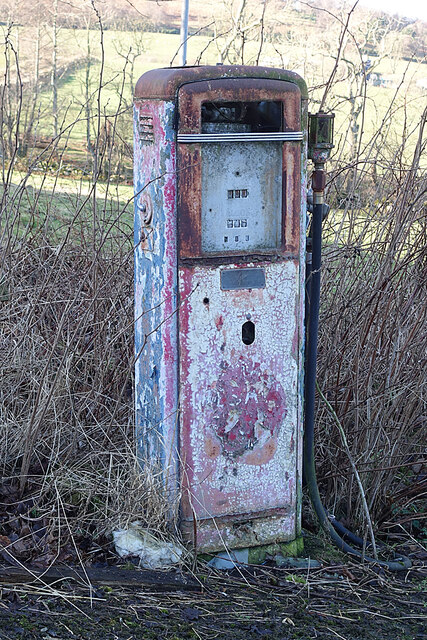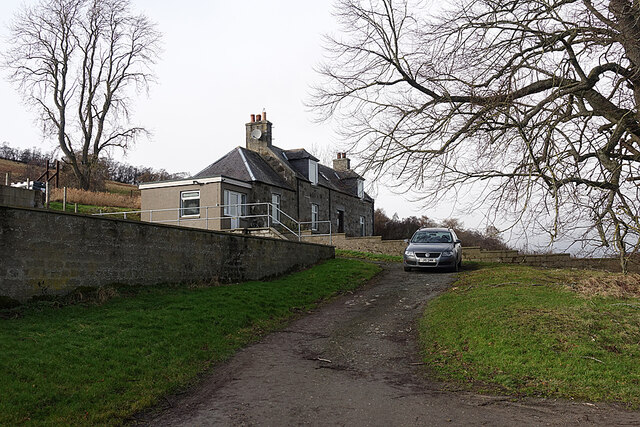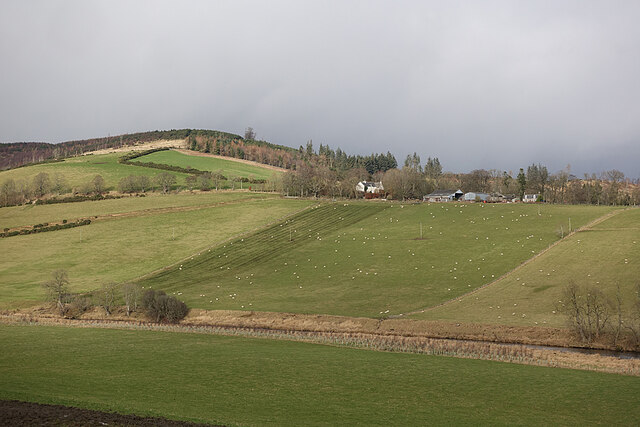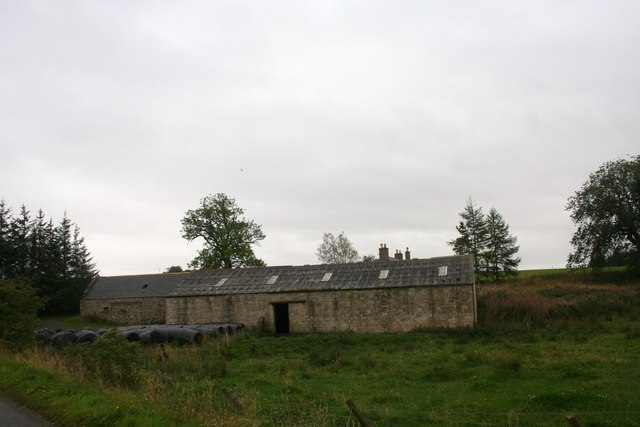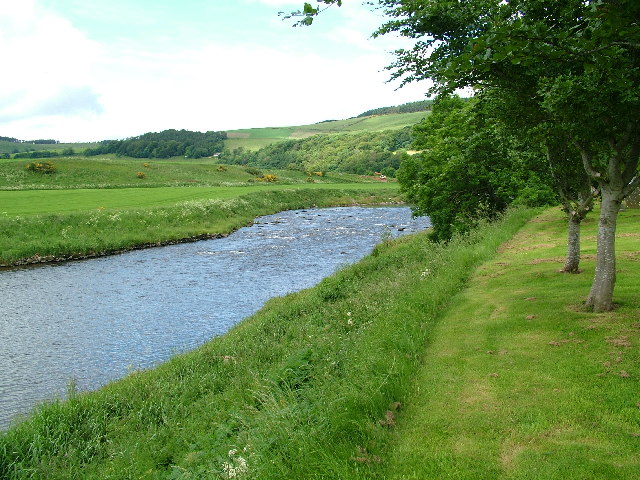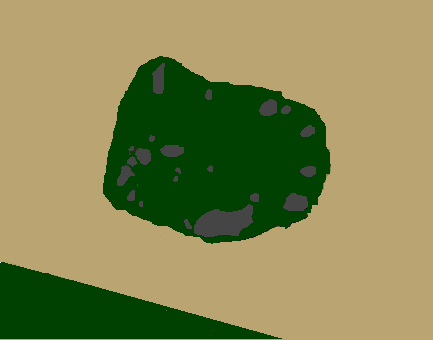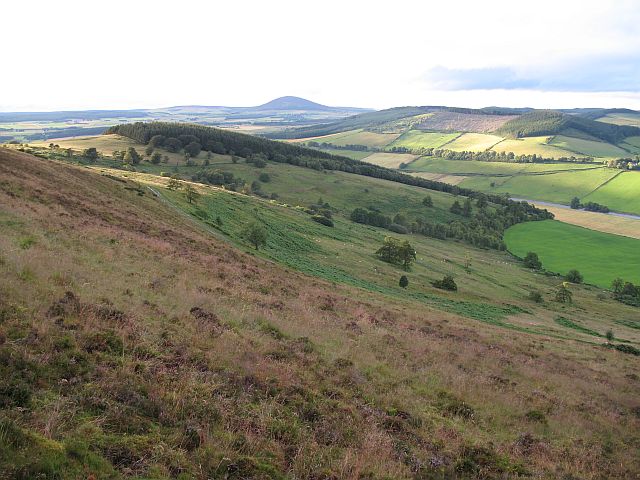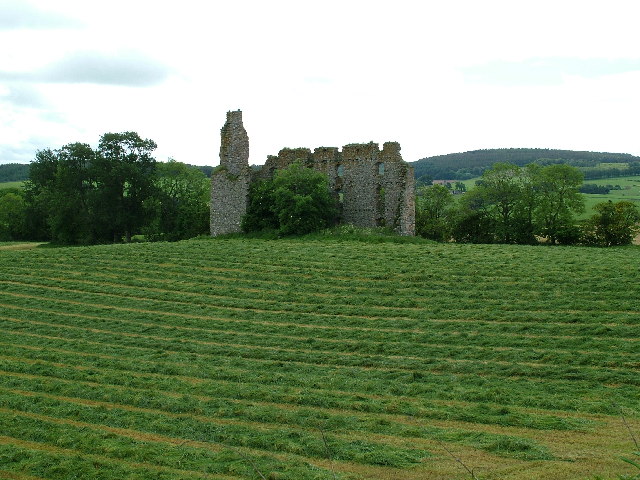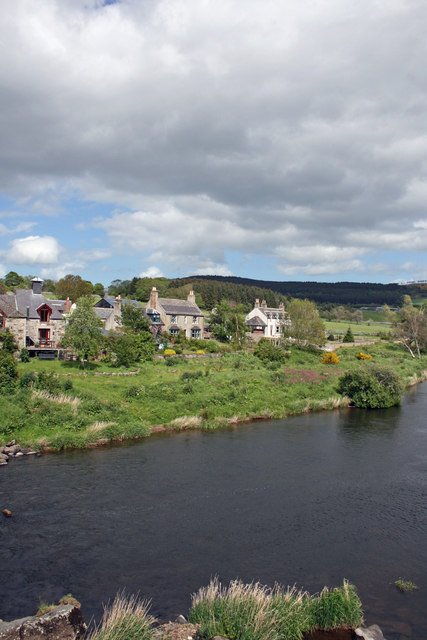Craigmancie Woods
Wood, Forest in Banffshire
Scotland
Craigmancie Woods

Craigmancie Woods, located in Banffshire, is a picturesque woodland area renowned for its natural beauty and diverse flora and fauna. Spanning over a vast expanse, the woods are a popular destination for locals and tourists alike, offering a serene escape from the hustle and bustle of city life.
The woodland is characterized by its dense canopy of towering trees, primarily consisting of native Scottish species such as oak, birch, and pine. These trees provide shelter and a suitable habitat for a wide array of wildlife, including red squirrels, roe deer, and various species of birds.
Tranquil walking trails wind their way through the woods, allowing visitors to immerse themselves in the serene ambiance and explore the natural wonders at their own pace. The paths are well-maintained and offer varying levels of difficulty, catering to both casual strollers and more avid hikers.
Craigmancie Woods also boasts several clearings and picnic spots, providing opportunities for visitors to relax and enjoy a picnic amidst the natural surroundings. The peaceful atmosphere, coupled with the gentle rustling of leaves and chirping of birds, creates a truly idyllic setting.
Moreover, the woods are a haven for nature enthusiasts and photographers, as the changing seasons bring forth a kaleidoscope of colors, from the vibrant hues of autumn foliage to the delicate blossoms of spring. The diversity of the woodland landscape ensures stunning photo opportunities year-round.
In conclusion, Craigmancie Woods in Banffshire is a captivating destination for nature lovers, offering a tranquil retreat amidst the beauty of Scottish woodlands. Its rich biodiversity, well-maintained trails, and peaceful ambiance make it a must-visit location for those seeking solace in nature.
If you have any feedback on the listing, please let us know in the comments section below.
Craigmancie Woods Images
Images are sourced within 2km of 57.519331/-2.6859914 or Grid Reference NJ5947. Thanks to Geograph Open Source API. All images are credited.

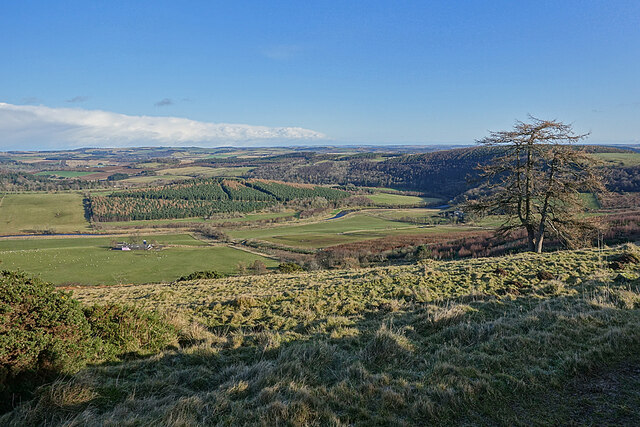
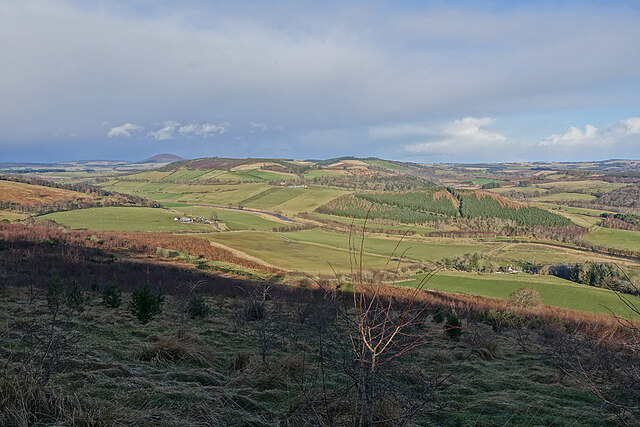
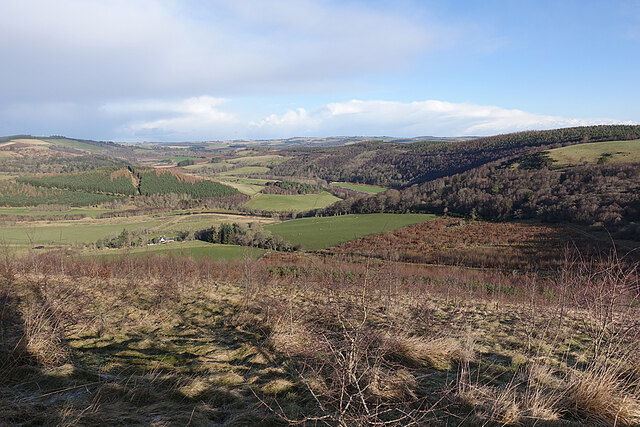
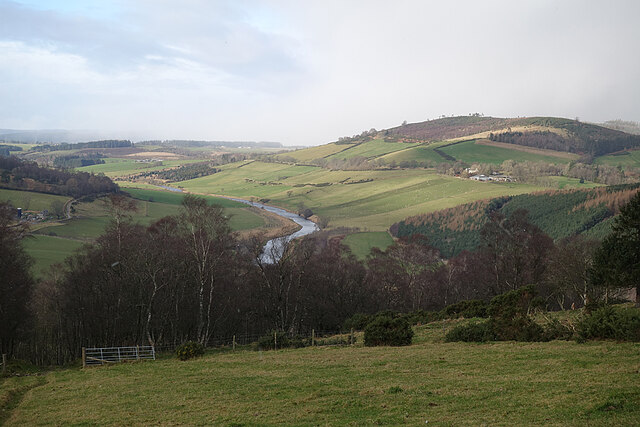
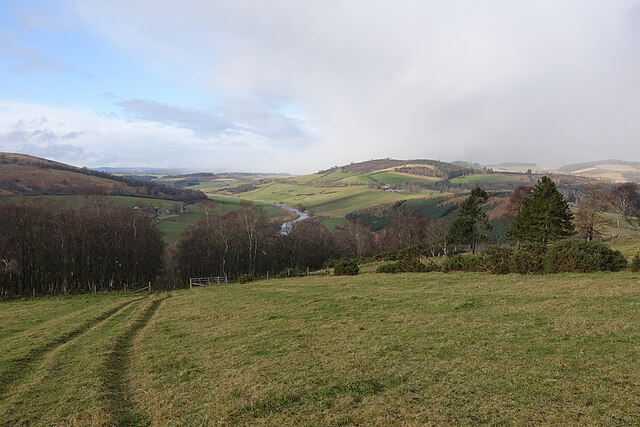
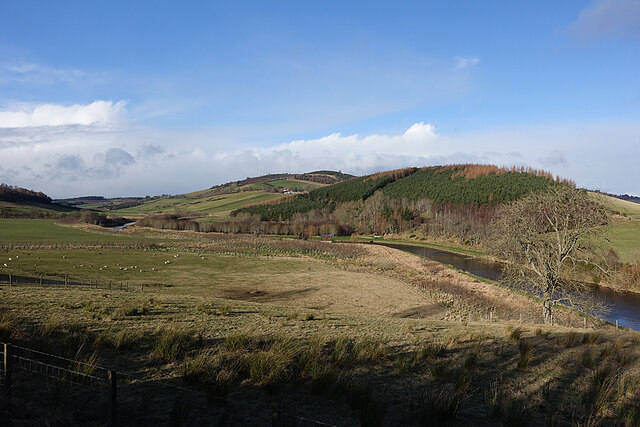
Craigmancie Woods is located at Grid Ref: NJ5947 (Lat: 57.519331, Lng: -2.6859914)
Unitary Authority: Moray
Police Authority: North East
What 3 Words
///handed.tastes.slimming. Near Aberchirder, Aberdeenshire
Nearby Locations
Related Wikis
Yonder Bognie
Yonder Bognie is a stone circle in Aberdeenshire, Scotland. It is located in an agricultural field under private ownership and is a scheduled monument...
Fourman Hill
Fourman Hill is a hill located west of Bogniebrae, Aberdeenshire, Scotland. It has an elevation of 1,127 feet (344 m). A cairn near the summit marked the...
Bognie Castle
Bognie Castle (also called Conzie Castle) is a ruined castle near Huntly and Banff in the Aberdeenshire region of Scotland. It was built in the 17th century...
Bogniebrae
Bogniebrae () is a small rural settlement in Aberdeenshire, Scotland. It is located at the junction of the A97 and B9001 roads, six miles (ten kilometres...
Mountains Burn
Mountains Burn is a burn which marks the boundary of the parish of Huntly, Aberdeenshire, Scotland. == References ==
Inverkeithny
Inverkeithny is a village in the Formartine area of Aberdeenshire, Scotland. The village lies near where the Burn of Forgue flows into the River Deveron...
Milltown of Rothiemay
Milltown of Rothiemay (Scottish Gaelic: Ràth a' Mhuigh) is a small inland village, built mostly of granite, in the north-east of Scotland and is within...
Cobairdy Castle
Cobairdy Castle was a 16th-century tower house, about 4 miles (6.4 km) north-east of Huntly, Aberdeenshire, Scotland, west of Burn of Connairdy. It may...
Nearby Amenities
Located within 500m of 57.519331,-2.6859914Have you been to Craigmancie Woods?
Leave your review of Craigmancie Woods below (or comments, questions and feedback).
